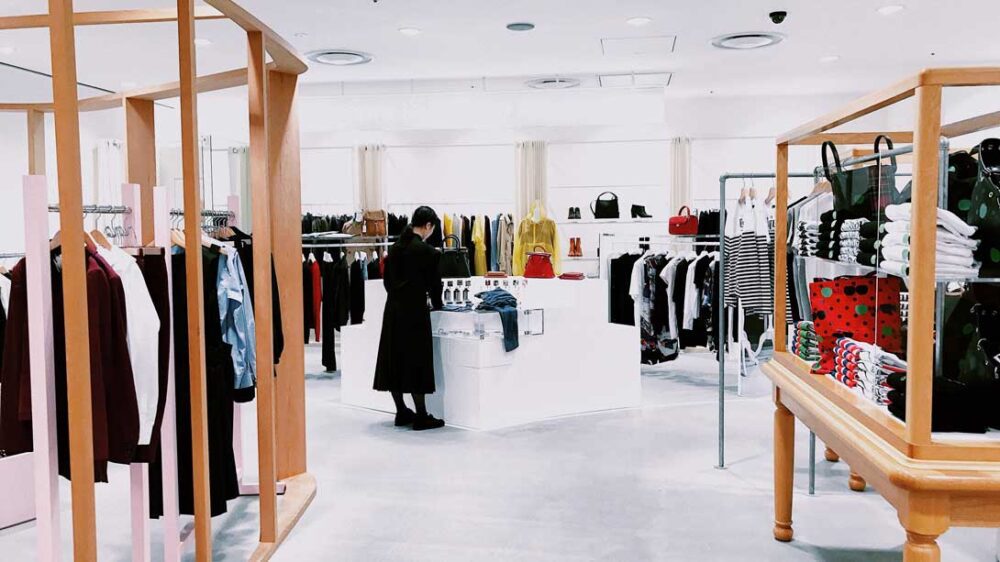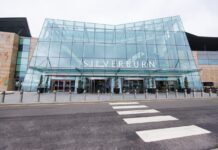When embarking on the journey of designing business premises, you are delving into a venture that encompasses not just bricks and mortar but also the very essence of your enterprise. The design of your workspace profoundly impacts your business’s efficiency, culture, and overall success.
As you embark on this pivotal task, there are five crucial factors that warrant your attention.

Location, Location, Location
The adage holds true, especially when it comes to your business premises. Choosing a location for your business can either be a catalyst for growth or a stumbling block. Consider factors such as accessibility for your clients and employees, proximity to suppliers, and the image it conveys about your business. An ideal location should not just align with your current needs but also accommodate future expansion plans.
Layout and Space Utilisation
The layout of your business premises should be a reflection of your operational needs. Think about the flow of work, the interaction between teams, and the functionality of the space. Ensure that your design optimises productivity while fostering a conducive environment for collaboration and creativity. Flexibility should also be a key consideration, allowing you to adapt to changing business needs without major structural alterations.
Aesthetics and Brand Identity
Your workspace should convey your brand’s identity and values. It’s not merely about aesthetics; it’s about creating a visual representation of your company’s culture. The design, colour schemes, and interior decor should align with your brand image, helping to reinforce it in the minds of clients and employees alike. A well-designed workspace can also boost employee morale and create a lasting impression on visitors.
Maintenance Costs
Designing work premises to be cost-effective in maintenance involves several key strategies. Firstly, prioritise durable and low-maintenance materials such as wedi board for flooring, walls, and fixtures in bathroom areas to reduce the need for frequent repairs or replacements. Efficient HVAC systems and insulation can minimise energy consumption and utility costs. Implement a preventive maintenance program to address issues before they become costly problems. Opt for energy-efficient lighting and consider natural light sources to reduce electricity expenses. Finally, create a layout that promotes cleanliness and organisation, making it easier to keep the space tidy and reduce cleaning and maintenance efforts.
Compliance and Sustainability
Regulatory compliance is non-negotiable when designing your business premises. Ensure that your design adheres to all relevant building codes, accessibility standards, and safety regulations. Failing to do so can lead to legal hassles and operational disruptions down the line. Additionally, sustainability is increasingly important. Consider eco-friendly design elements such as energy-efficient lighting, HVAC systems, and the use of sustainable materials. A commitment to sustainability not only benefits the environment but can also resonate positively with clients and employees who value corporate responsibility.
The design of your business premises is a multifaceted task that goes beyond aesthetics. It’s about creating a functional, inspirational, and efficient space that aligns with your brand and facilitates growth. As you embark on this journey, keep these five factors in mind: location, layout, aesthetics, technology, and compliance. By carefully considering each of these elements, you can set the stage for a workspace that not only meets your current needs but also positions your business for a prosperous future.
















